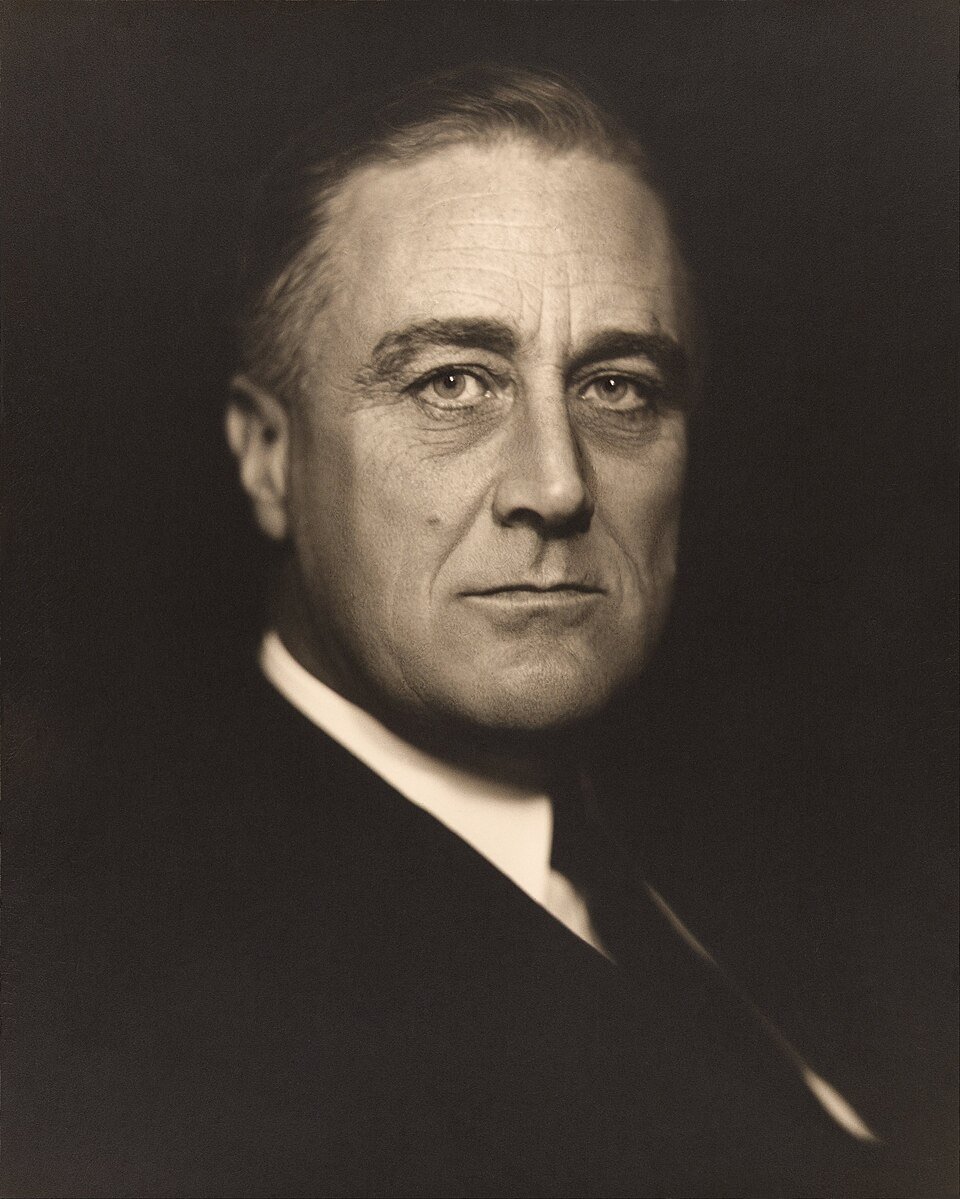Changes to the New Deal After 1933 (Cambridge (CIE) IGCSE History): Revision Note
Exam code: 0470 & 0977
How Far Did the Character of the New Deal Change After 1933?

Summary
In 1935, Franklin D. Roosevelt (FDR) introduced the Second New Deal. This was necessary for a number of reasons. First, the Supreme Court had blocked some aspects of the First New Deal by ruling that FDR had overreached his powers. Second, he was being criticised by wealthy businessmen who believed the First New Deal was too expensive. Finally, there was to be a presidential election in 1936, and FDR wanted to ensure he won it.
The Second New Deal strengthened workers’ rights, created a national welfare state and enforced a national minimum wage, which raised the earnings of hundreds of thousands of Americans.
Why did the New Deal change?
The ruling of the Supreme Court
The Supreme Court ruled that FDR had done things that he had no right to do as president
It ruled that:
The National Recovery Administration (NRA) had tried to set prices and wages that only Congress, not the president, could do
The Agricultural Adjustment Association (AAA) had paid farmers to not grow food, which the Supreme Court ruled was the role of the state governments — not the president
Unemployment
There were still 11 million unemployed Americans in 1935
Many workers continued to strike and be in dispute with their employers
Business leaders
Many business leaders felt the New Deal was too expensive and was interfering with their ability to do business
The 1936 election
1936 was an election year, and the American people would get to decide whether to keep FDR as president or replace him
Features of the Second New Deal
National Labor Relations Act of 1935
The National Labor Relations Act (NLRA) of 1935 replaced the NRA and encouraged workers to join a trade union:
The NLRA increased union membership — by the end of the 1930s, over eight million people belonged to unions
It created the National Labor Relations Board (NLRB) to protect the rights of workers
The Republican Party and businessmen opposed the NLRA:
Some employers refused to let their workers join unions
Soil Conservation Act of 1935
The Soil Conservation Act of 1935 replaced the AAA:
It encouraged the planting of grasses, trees or vegetables by subsidising farmers not to grow crops
It helped to resolve issues of soil erosion caused by the Dust Bowl
By 1939, soil erosion had been reduced by 65%
Farmers used more sustainable farming practices
This helped farmers and the environment
Social Security Act of 1935
The Social Security Act of 1935 created a national social welfare system, which included:
Old-age pensions
Disability payments
Unemployment payments (dole money)
It also supported widows and orphans
The Second New Deal meant that the US had a welfare system:
This brought the US in line with other Western countries in looking after their citizens
The welfare system was an improvement, but:
Pension payments were low at $85 a month
The system only covered a third of workers
The system did not support farmers or workers in private households
Works Progress Administration
The Works Progress Administration (WPA) employed 2 million workers a year
The WPA became the US’s biggest employer, and it created jobs in many professions, including acting, writing and photography
Some of this work was only temporary
United States Housing Act of 1937
The United States Housing Act of 1937:
Provided loans to encourage people to buy houses
Reduced rent prices
Improved living conditions for low-income families
Gave money to local housing agencies to destroy or improve unsafe housing
Banks offered more generous mortgage deals:
This meant low- and middle-income families could own houses
The federal government let the local governments decide where and how to use the funding:
As a result, Black American housing remained substandard, as local governments were predominantly run by White Americans
Fair Labor Standards Act of 1938
The Fair Labor Standards Act of 1938:
Enforced a minimum wage
Limited working hours
Improved working conditions
More than 700,000 workers achieved higher pay
More than 1.5 million people worked fewer hours in a week than before the Act
The Resettlement Administration (1935)
The Resettlement Administration of 1935 aimed to move 500,000 families to areas of better land
It only managed to resettle about 5,000 families
Many families did not want to move or were unhappy with where they were being told to go
Worked Example
Describe the reforms introduced as part of the Second New Deal in the United States
[4 marks]
Answer:
One of the reforms introduced as part of the Second New Deal was the National Labor Relations Act (NLRA) of 1935. The NLRA helped protect the rights of workers and increased trade union membership, which reached 8 million by the end of the 1930s.
Another one of the reforms introduced as part of the Second New Deal was the Works Progress Administration (WPA). The WPA helped people to find employment in the arts such as theatre, photography and writing, and it employed more than 2 million people — becoming the biggest US employer.
Examiner Tips and Tricks
It is completely fine (and saves you precious time in exams) to use abbreviations such as AAA and NRA in exams. Just make sure you use the full term and abbreviation — such as Agricultural Adjustment Association (AAA) — the first time you refer to it. Then just use the abbreviation after that.

Unlock more, it's free!
Did this page help you?